Nobody likes dealing with the IRS, especially if you owe them money. Just seeing a letter from the IRS in your mailbox can be enough to cause a mini panic attack. But what if I told you there’s actually a program designed to help taxpayers who are struggling with their tax debt? It’s called the IRS Fresh Start Program, and it’s meant to give people a second chance when it comes to paying off what they owe.
What Is the IRS Fresh Start Program?
The IRS Fresh Start Program was introduced back in 2011 as a way to help taxpayers who were having a hard time paying off their tax debts. The IRS realized that sometimes, people just need a little breathing room to get back on track. Instead of going straight to aggressive collections or threatening to take your assets, the Fresh Start Program provides several ways to make tax debt more manageable.
The program isn’t one single thing. Instead, it’s a set of policies and relief options that can help you settle your tax debt without getting buried under penalties, interest, and stress. Some of the key parts of the program include Installment Agreements, Offer in Compromise (OIC), and Tax Liens Adjustments.
How Can the Fresh Start Program Help You?
If you owe the IRS money, the Fresh Start Program gives you different options to deal with your debt. Here’s a look at some of the ways it can help:
1. Installment Agreements – Paying in Monthly Payments
Not everyone can pay off their tax debt in one big lump sum, and the IRS understands that. That’s why they offer Installment Agreements, which allow you to make monthly payments instead of paying everything at once.
With the Fresh Start changes, the IRS made it easier to qualify for these agreements. In many cases, you won’t even have to provide as much financial documentation as before. If you owe $50,000 or less, you can set up a payment plan that lets you pay off your debt over six years. If you owe more than that, you may still qualify, but you’ll have to submit more financial details to the IRS.
2. Offer in Compromise – Settle for Less Than What You Owe
An Offer in Compromise (OIC) is one of the best options in the Fresh Start Program. It lets you settle your tax debt for less than what you actually owe. Sounds too good to be true? Well, it’s real, but it’s not for everyone.
The IRS will only approve an OIC if they believe you genuinely can’t afford to pay the full amount. They look at things like your income, expenses, and overall financial situation to decide if you qualify. If they accept your offer, you could end up paying just a fraction of your original tax debt. However, getting an OIC approved is not easy, and you usually need to work with a tax professional to improve your chances.
3. Tax Liens – Easier Removal and Adjustments
One of the scariest things about owing the IRS money is the possibility of a tax lien being placed on your property. A tax lien means the government has a legal claim to your property because of unpaid taxes. This can seriously mess up your credit score and make it hard to get loans or even sell your home.
Before the Fresh Start Program, the IRS would often place a tax lien on debts as low as $5,000. Now, they’ve increased that limit to $10,000, which means fewer people have to worry about it. If you enter into a direct debit installment agreement (where payments are automatically withdrawn from your bank account), the IRS may even remove the lien sooner.
Who Qualifies for the Fresh Start Program?
Not everyone qualifies for every part of the Fresh Start Program, but if you meet certain criteria, you might be able to take advantage of it. Here are some basic requirements:
- You must owe less than $50,000 (or be able to pay it down to that amount before applying for certain relief options).
- You must file all your tax returns, even if you can’t pay what you owe.
- You need to be able to show that you can’t afford to pay your tax debt in full.
- If applying for an Offer in Compromise, you’ll need to provide proof of your financial situation.
- You must agree to stay compliant with future tax filings and payments.
Steps to Apply for the Fresh Start Program
If you think you qualify for the Fresh Start Program, here’s how to get started:
1. File All Outstanding Tax Returns
Before the IRS will even consider helping you, you must have all your tax returns filed. If you haven’t filed for several years, you’ll need to take care of that first.
2. Check Your Tax Debt
Find out exactly how much you owe. You can do this by checking your IRS account online, calling the IRS, or looking at past tax notices.
3. Determine Which Relief Option Works for You
Not all Fresh Start options are the same. If you can afford to make monthly payments, an Installment Agreement might be the best choice. If your financial situation is really bad, an Offer in Compromise might be worth trying.
4. Submit an Application
Each program has a different application process. For an Installment Agreement, you can usually apply online. For an Offer in Compromise, you’ll need to fill out Form 656 and submit it along with detailed financial information.
5. Stay Compliant Going Forward
Once you’re in the Fresh Start Program, you need to keep up with your payments and file all future tax returns on time. If you fall behind again, you could lose the benefits of the program.
Is the Fresh Start Program Right for You?
The IRS Fresh Start Program is a great opportunity for people who are struggling with tax debt, but it’s not a one-size-fits-all solution. If you’re able to pay off your debt in full, that’s usually the best option to avoid interest and penalties. But if you truly can’t afford to pay, Fresh Start can provide the relief you need.
If you’re unsure about what to do, it’s always a good idea to talk to a tax professional. They can help you figure out the best way to handle your tax debt and increase your chances of getting approved for relief.
Final Thoughts
Owing money to the IRS is stressful, but it’s not the end of the world. The Fresh Start Program is designed to help people like you get back on their feet without facing extreme penalties or financial ruin. If you qualify, it could be the lifeline you need to move forward and get your tax situation under control. So don’t ignore those IRS letters—take action and see if the Fresh Start Program can help you!




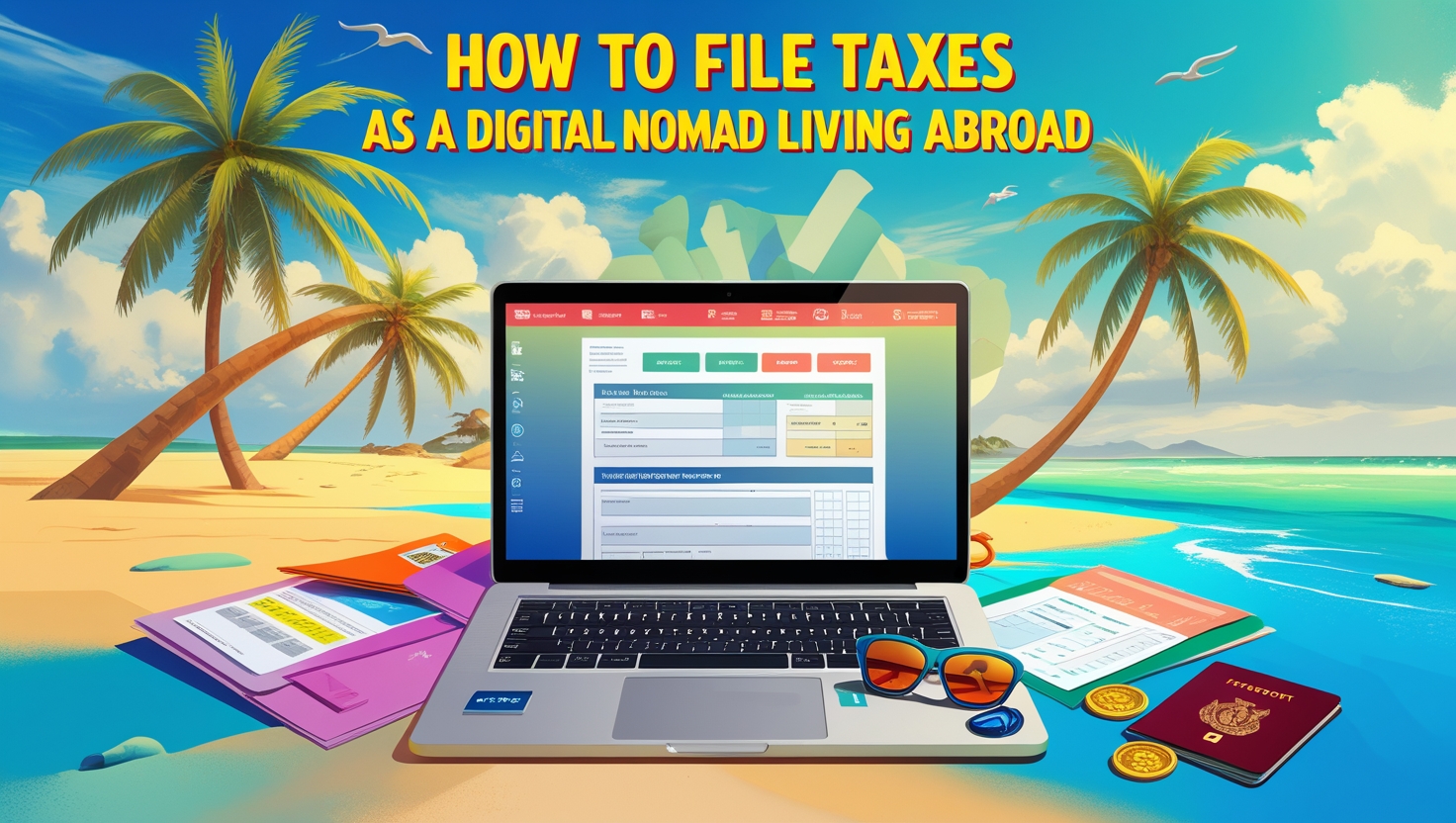

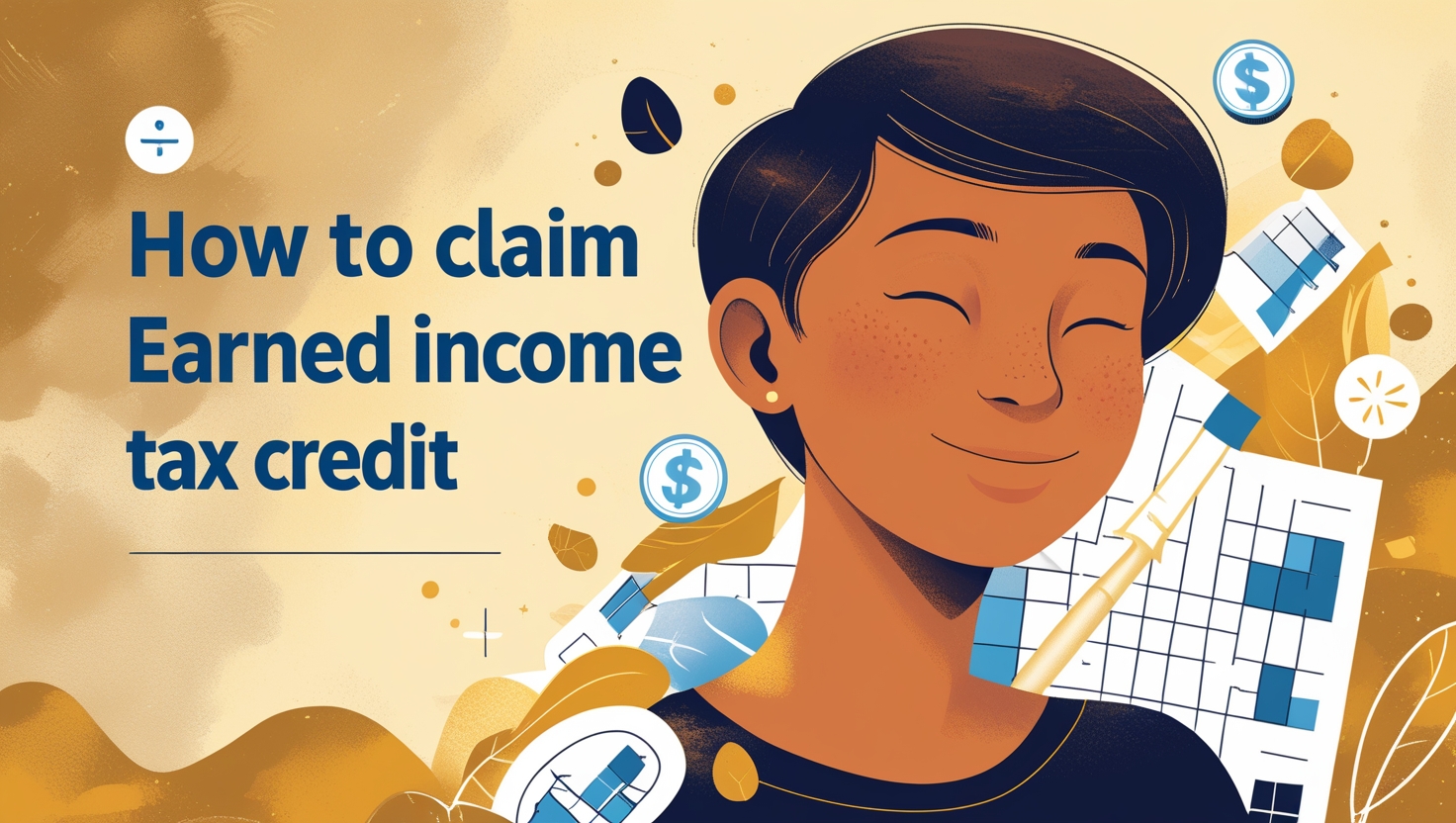
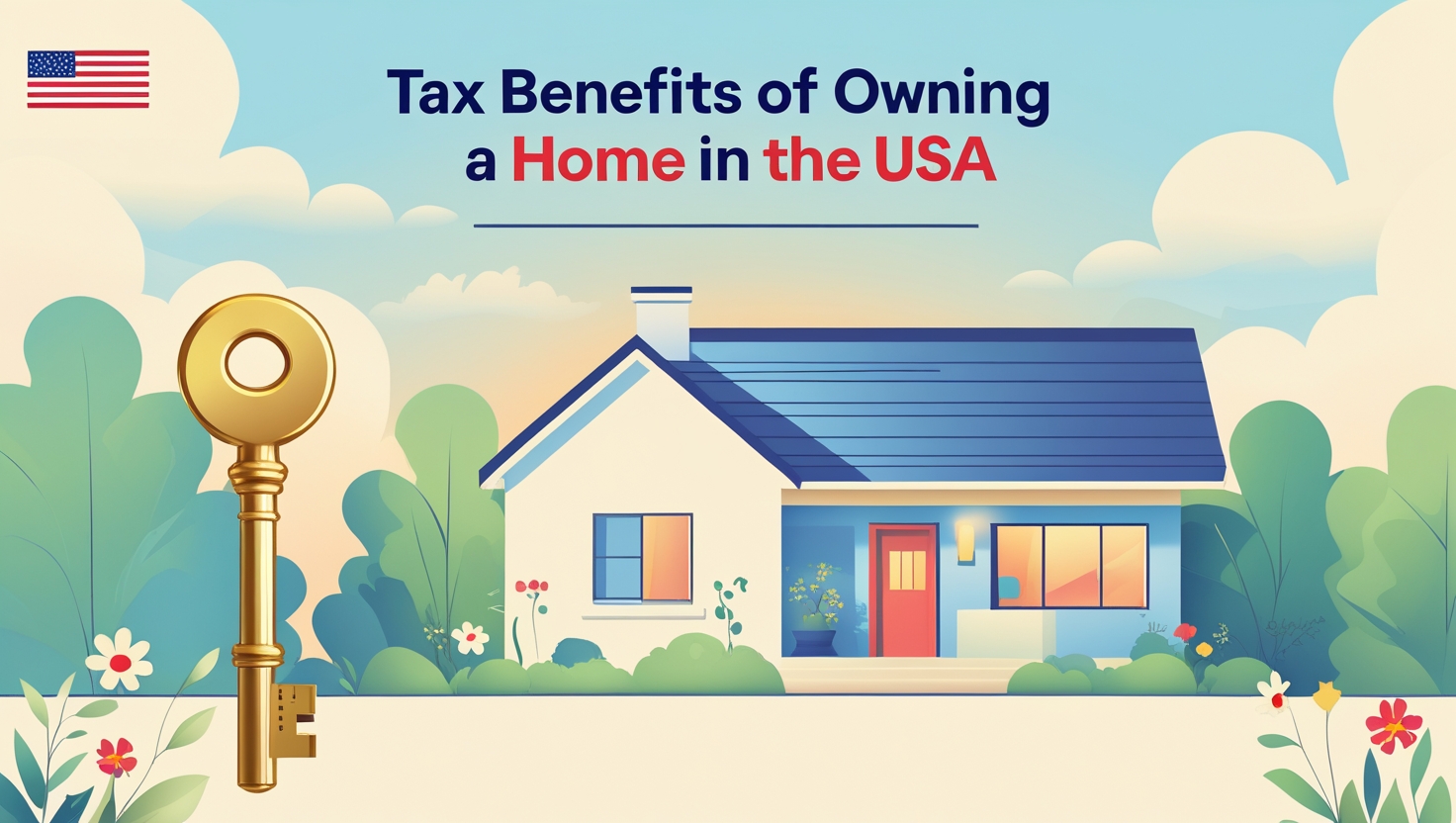
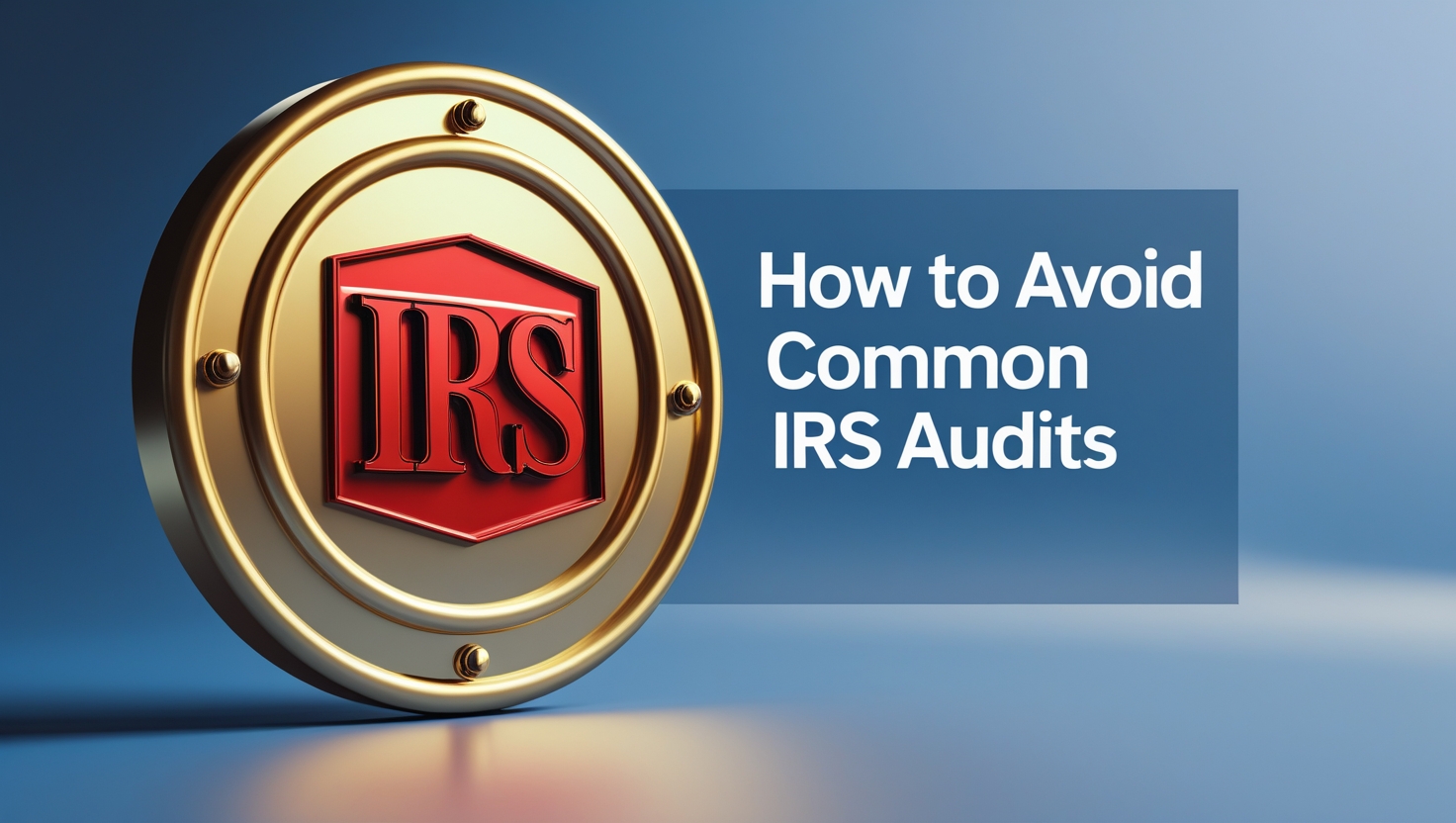
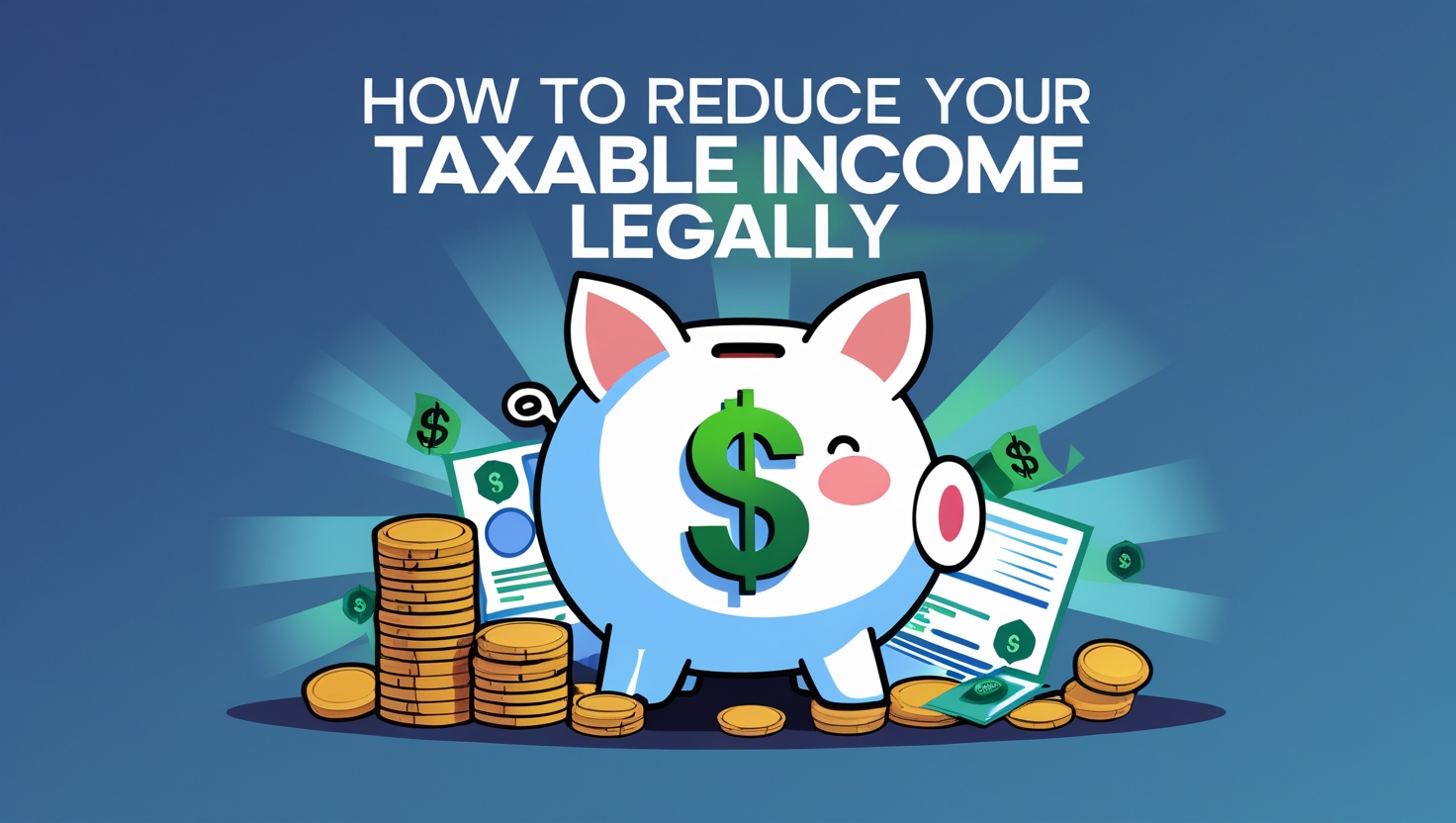

Leave a Reply